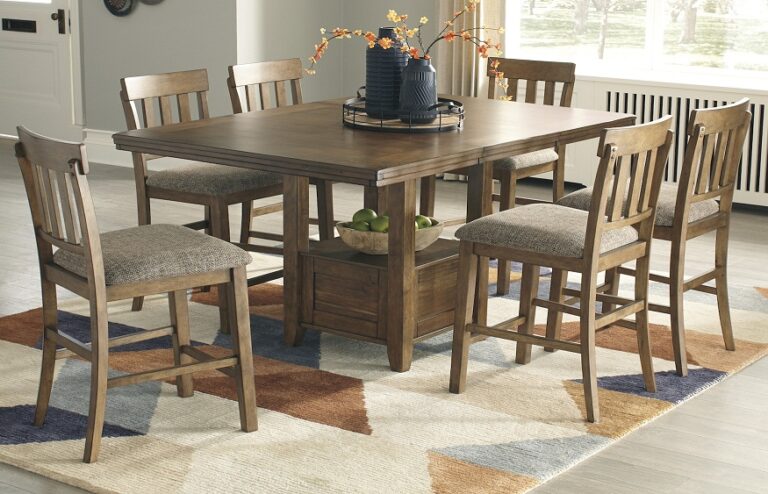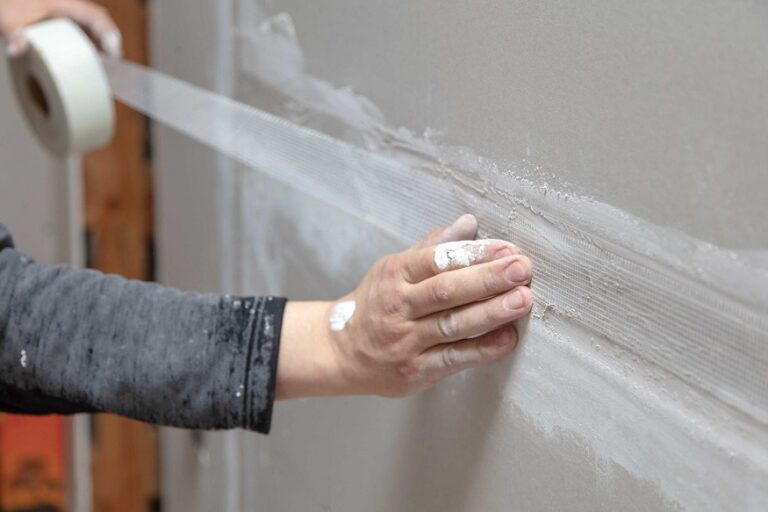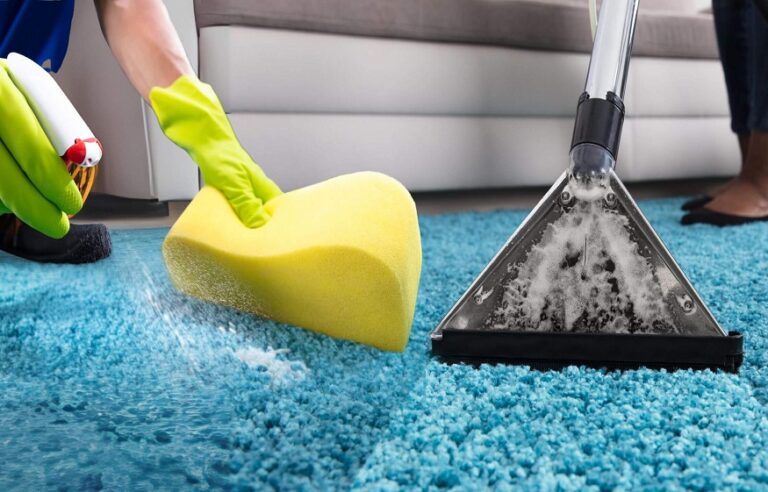Rattan has been making a strong comeback in our homes and in decoration magazines for some time now. However, in the shop, we still come across many customers who have questions about this material.
Between a priori and misconceptions, it’s time to take stock of the issue and talk to you about rattan in all its forms.
First of all, what is rattan?
Rattan is a natural plant material: it comes from a family of Southeast Asian palm trees that grow as lianas in the jungle. Its diameter can vary from 1 to 46mm, and several parts of the plant are used in different ways.
– wicker : it is a willow stem, rather cultivated in temperate zones (and not tropical like rattan). It is often used in the manufacture of baskets or storage. Being more brittle than rattan, we avoid using it for the manufacture of furniture which requires a minimum of resistance.
– bamboo : its stems are hollow, unlike those of rattan which are full and massive. Its natural fibers are very rigid and less malleable, and therefore more complicated to work with and difficult to bend. We sometimes see bamboo + rattan associations for the creation of furniture, these two materials being complementary and visually quite close.
The rattan core is the inner part of the vine, obtained once the bark has been removed. Its color is creamy-white. It is widely used in the manufacture of veranda furniture. This inner part is often drawn into several filaments whose diameter can vary from 2 to 8 mm. These very flexible parts are often used as raw material for weaving armchairs or baskets. Rattan core varnishes and stains easily, like any raw wood.
The splint is the inner bark of the vine. Solid and shiny, it is usually split so as to obtain a kind of lace with a flat bottom and a slightly domed top. The rattan splint is used a lot for ligatures, or to make beautiful flat braiding. Its resistance is excellent and the varieties of rattan with few knots offer high quality splints often used for the realization of “cannage à la française” for style seats.
Rattan is first harvested in the jungle. It is stripped of its leaves, then cleaned and classified according to its diameter. The rattan goes through a boiling bath to eliminate any parasites, then it is dried in the open air.
In the workshop, a machine peels the rattan to obtain the marrow. The canes are placed in steam ovens, allowing the cane to be temporarily softened in order to shape and bend it. Metal templates allow the bending to be adjusted on a regular basis. The different correctly curved parts are then assembled and bound, then the weaving is done by hand, directly on the structure thus obtained.
That’s a big question! It all depends on the criteria used to qualify a piece of furniture as ecological. The main disadvantage of rattan is that it comes from afar: it grows in tropical countries and necessarily travels a certain number of kilometers before ending up in your living room.
But besides that, it is a completely natural fiber , which does not need to be treated with chemicals and which will not pollute your interior with harmful emissions.
Being a natural fiber, it will not be a source of pollution at the end of its life: no plastic, no resin… Finally, rattan is biodegradable and that’s excellent news!
Many people have a priori concerning the solidity of rattan, yet it is a particularly robust material and therein lies its strength. It can be worked, modulated and braided with great know-how and has a very high resistance to the weight of people and to wear .
How much rattan furniture from the 1970s is still at garage sales? After fifty years of good and loyal service, they are still operational, which proves the longevity of rattan.
Is rattan comfortable?
It all depends on the furniture! Indeed, some furniture is made only from rattan cane: rather thick and rigid parts that can easily be embellished with cushions to improve seating comfort.
We therefore recommend indoor or semi-outdoor use, ie use on the veranda or on the terrace, while taking care to protect the furniture properly during the cold season, at night, or during bad weather.
Rattan withstands humidity and temperature variations very well when indoors, which makes it ideal for use on a veranda or in a winter garden, for example.
A nice alternative can be resin imitating rattan. A few years ago this solution offered a somewhat disappointing result and did not offer the same charm as rattan. But today the techniques have evolved and certain pieces of furniture combining aluminum and synthetic resin look quite incredible like rattan. For example, the Afäire collection from the Danish brand Sika Design offers the same timeless charm as natural rattan, with a resistance perfectly suited to outdoor use.
The easiest way is to vacuum regularly with a brush suitable for furniture. From time to time, a clean, dry cloth is used to remove any impurities that could lodge between the fibres.
Clean the rattan with water, or even with black soap, then linseed oil: You can also gently brush the rattan furniture with a little hot salted water, then rinse with cold water and leave to air dry. free.
If the rattan furniture is really very dirty, you can use a little black soap diluted in hot water and a very soft brush. Once the furniture is dry, you can apply a little linseed oil to nourish the fiber and polish it with a cloth.















+ There are no comments
Add yours